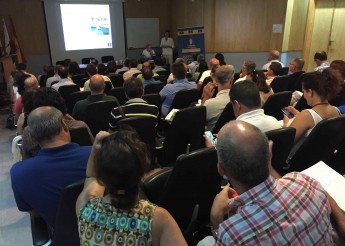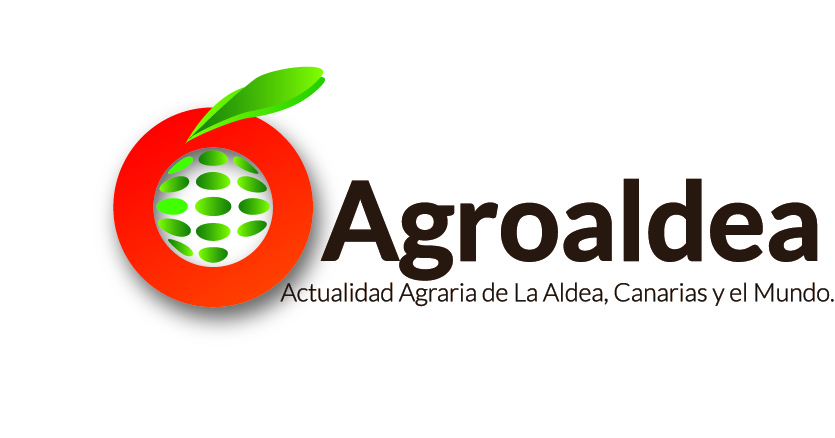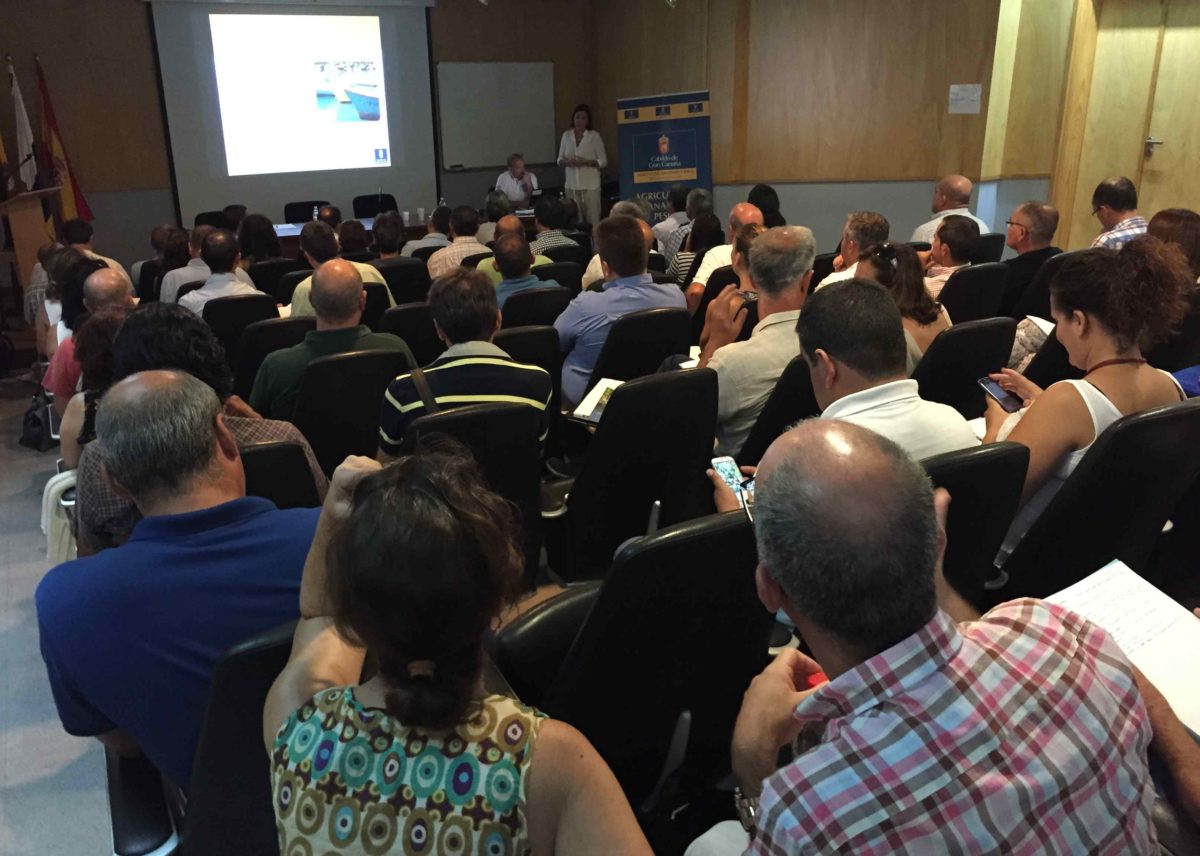 82 participants, 19 reports and 12 sectoral tables have shaped the diagnosis of the primary sector of the island of Gran Canaria.
82 participants, 19 reports and 12 sectoral tables have shaped the diagnosis of the primary sector of the island of Gran Canaria.
La Jornada 'Building a living rural world, participatory and future 'was the setting chosen by the Ministry of Food Sovereignty and Primary Sector of the Cabildo de Gran Canaria and Aider GC, to present the findings of the diagnosis was made.
From the information provided by those responsible for sectoral tables or editors of reports, It was agreed as one of the disadvantages of poor vision industry for collaborative strategies.
As for the main export sectors in Gran Canaria, tomato and banana, the surface of the first has gone from 1.656 He has. of the year 2002 to the 563 He has. assuming current 76% surface Canary.
far, tomato cultivation is still the most labor which creates jobs and higher levels of modernization has achieved.
On the other hand, It keeps banana 1.770 He has. meaning a 20% the surface of the Archipelago, highlighting a increpento of ecological production.
Contrasts the outperformance of both crops. While the tomato is in a 22euros / ton, of banana it stands at 335,95euros / ton.
Fishing has noticed a significant reduction. There are currently laid off 120 vessels under 15 meters, grouped into two cooperatives and four Brotherhoods.
Gran Canaria produces 30% of the fish aquaculture Archipelago. This subsector comprises 5 fish farms, 2 marketing companies and farm land. The average time of concessions do not fall in seven years.
The internal market is divided into potato production, vegetables and fruit. Among the three business occurs 70 MEURO. These productions do not cover the internal needs of the island.
Livestock production of 1.855 Island farms generate business 45 million euros, but they face the serious problem of not having generational change, in addition to the high cost of inputs and unfair competition from the REA.
Agriculture and livestock continues to grow on the island, reaching the point where demand outstrips supply. All productions of the primary sector are represented in ecological, even an aquaculture farm is also certified.
Valleseco is the only organic market on the island 'Ecovalles’. In addition, Gran Canaria has the unique ecological cooperative Canarias, 'Biocanarias', what's wrong with it 20 partners and 100 He has. distributed 10 municipalities.
Agricultural biodiversity of the island is threatened. Gran Canaria is far removed from the work being done to respect other islands, as is the case in Tenerife.
The inability to copy the system they have employed there, motivates bet on a 'more social' model. This sector has great potential to become a solid production model.
After exposure of the diagnosis findings were presented. The diagnosis has been made with the contributions and participation of 82 people in the primary sector of the island. They have been developed 19 and there have been reports 12 sectoral tables.
The main conclusion is that Gran Canaria is far from complying with the indication of FAO to produce, As minimum, the 50 percent of the food consumed by the population of the territory.
The second conclusion refers to the 'regulatory and administrative' punishment to the primary sector, to which the inter-incoordination and eternal time is added.
The report, which it is available in helping GC, lists 150 problems affecting the sector, for which are provided 90 proposals to carry out solutions.
These include training, differentiation, unique brand of quality, promotion, territorial contracts, routes, administrative simplification ...
With everything, the next step will be to develop the Rural Development Plan Gran Canaria.

